First time in Amsterdam. Part 1
Observations from exploring the city
We landed in Eindhoven, then took a Flixbus to the capital and our two-day sprint in Amsterdam began.
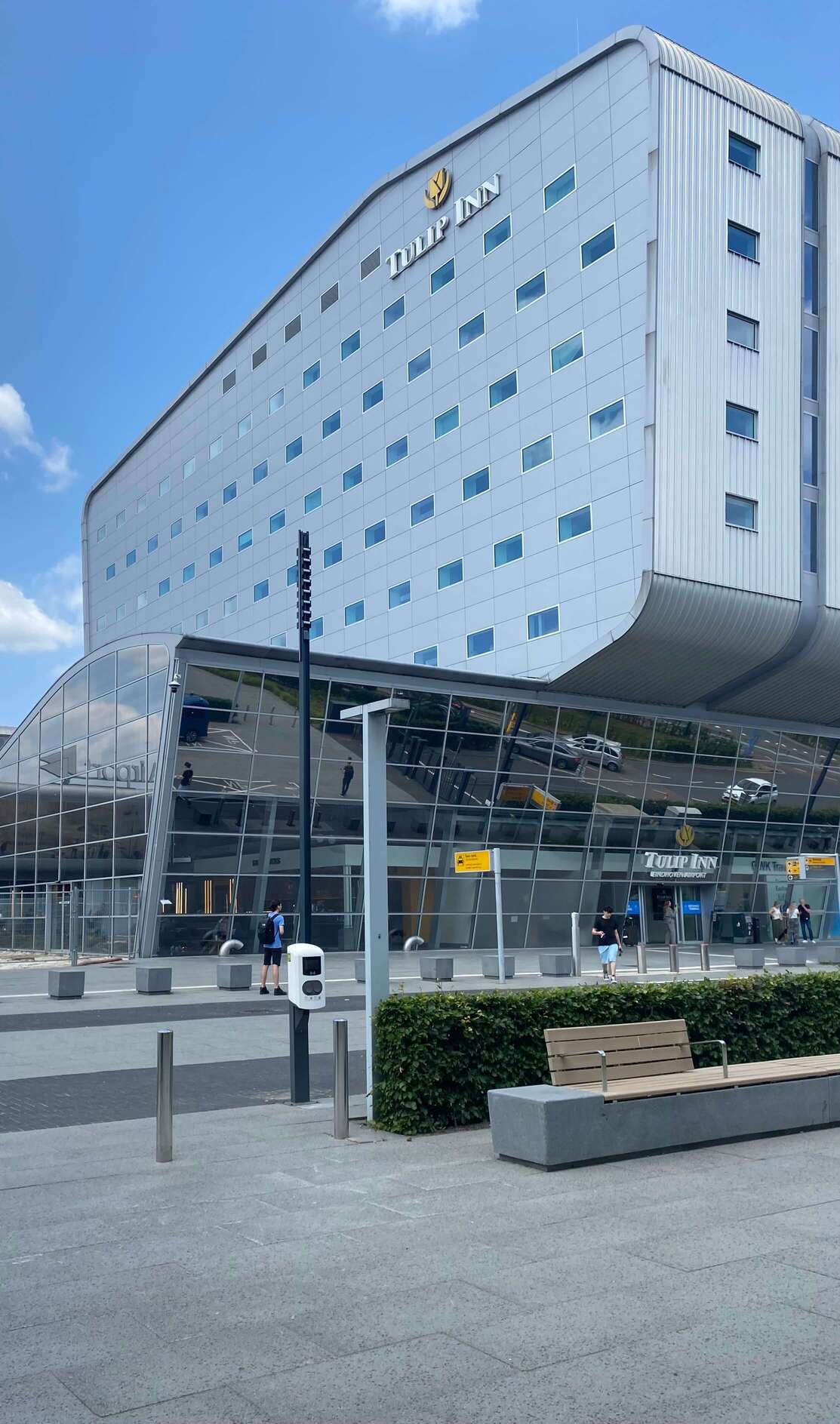
Public transport UX
Everything we used was on time.
But Dutch public transport sticks to the schedule ruthlessly and can leave you behind.
There were five of us.
One friend made it onto the bus, the doors closed in our faces (it was time to go), and the friend was gone.
The rest of us stood there like we’d just lost a comrade to public infrastructure.
The next bus was in 10 minutes, so it wasn’t that bad, just unexpected.
The system is cashless — you pay with a card.
It’s not cheap. The price depends on how far you ride.
You need to check in and check out with your card, so the system will know how much to charge you.
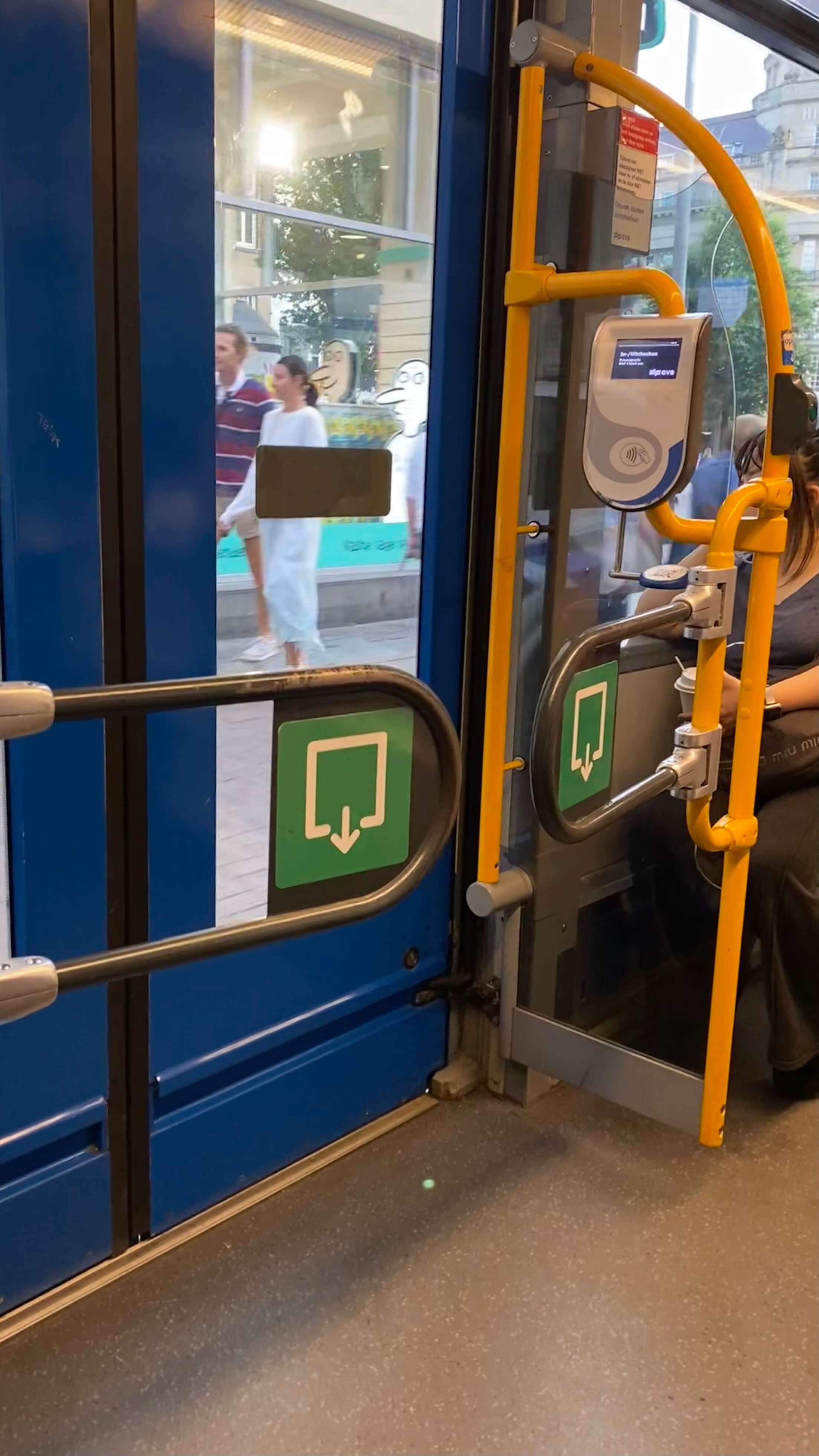
Using trains has never been easier. Zero stress or confusion for a tourist.
Platforms are often split into zones — like 2a and 2b — which refer to specific sections of a single physical platform.
It’s not a different track, just a more precise way to tell you where exactly your train will stop.
Zones also help spread people out, instead of everyone clumping together at random spots.
On one train ride we met Dutch ticket inspectors — super friendly, smiling, not hunting. You can tell they are not getting bonuses from each fine, like in some countries (yes, Poland, I’m looking at you 😒).
Metro system is considered one of the more accessible in Europe, particularly for wheelchair users and visually impaired.
The ferry across the IJ river is free — fast, reliable, even at night. Just don’t expect a peaceful ride if you want to stand and enjoy the view — you’ll have to fight for a spot with bikes.
There are more bikes than people
It’s a very well-known fact, but I didn’t expect to see THAT number of bikes.
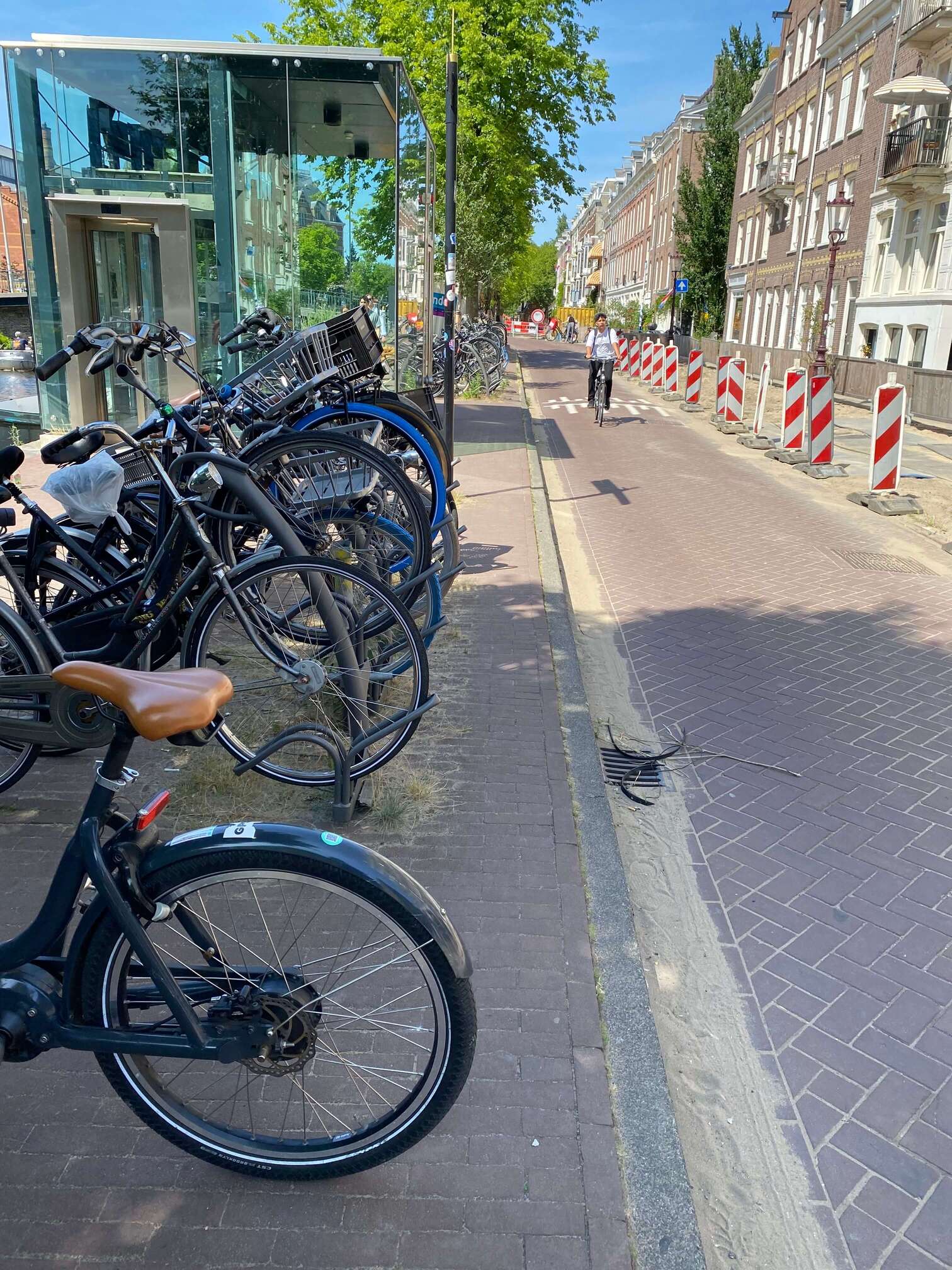
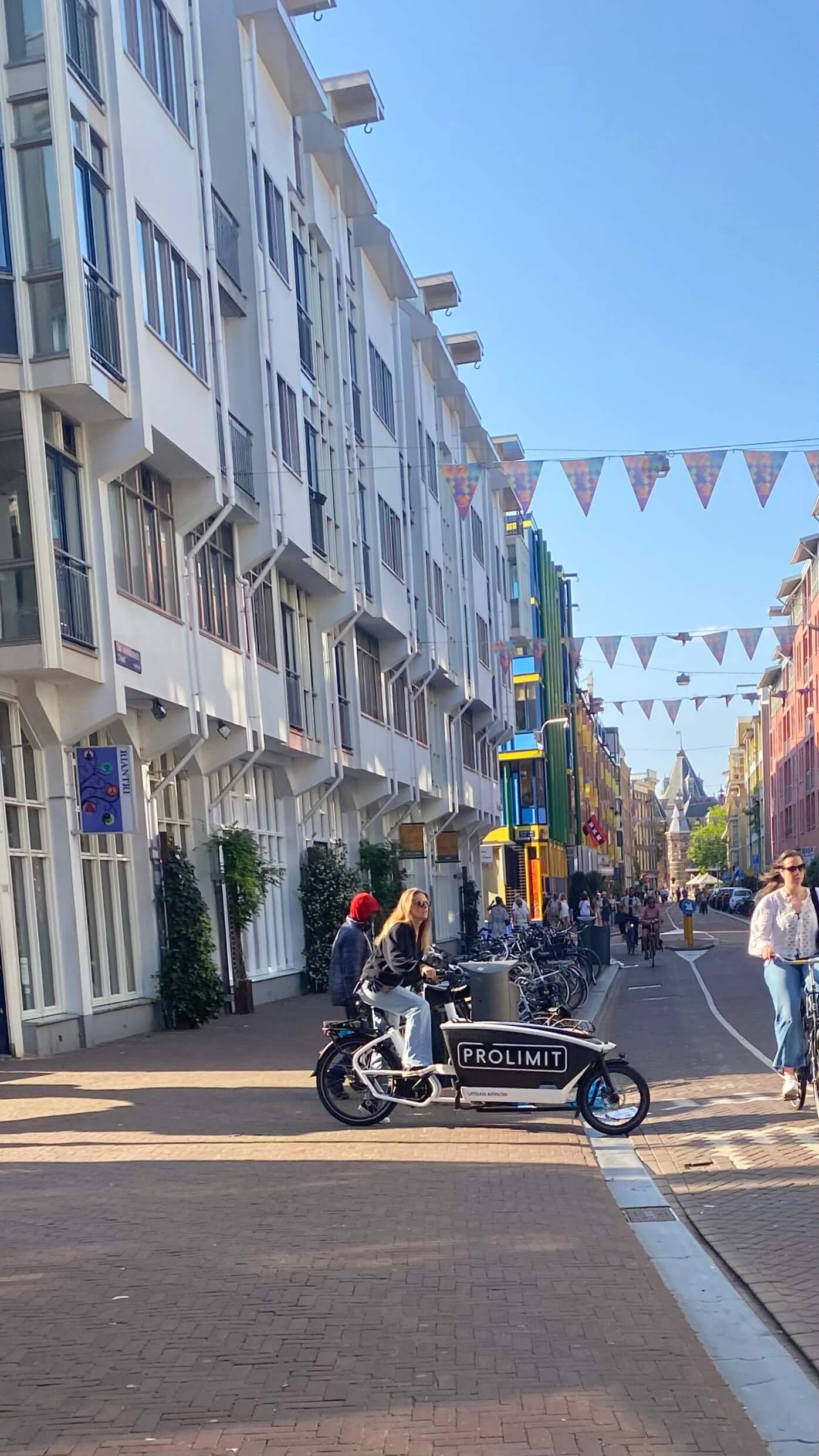
Amsterdam has clean and grimy vibes at the same time
A street-cleaning vehicle (like a big Roomba) operates once or twice a day in some areas.
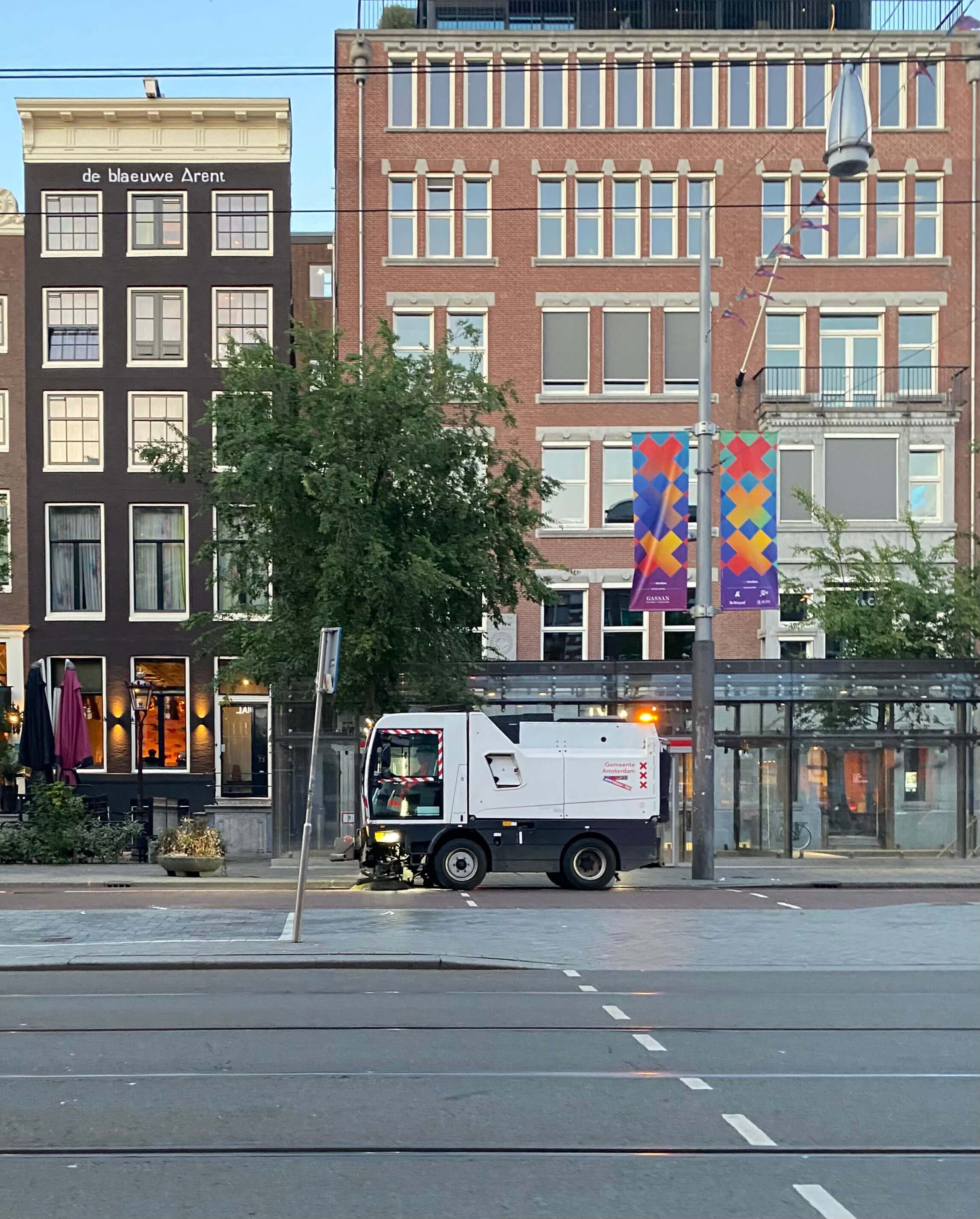
But most of the trash cans we saw in Amsterdam had trash all around them.
Even away from tourist areas (Bijlmer, for example).
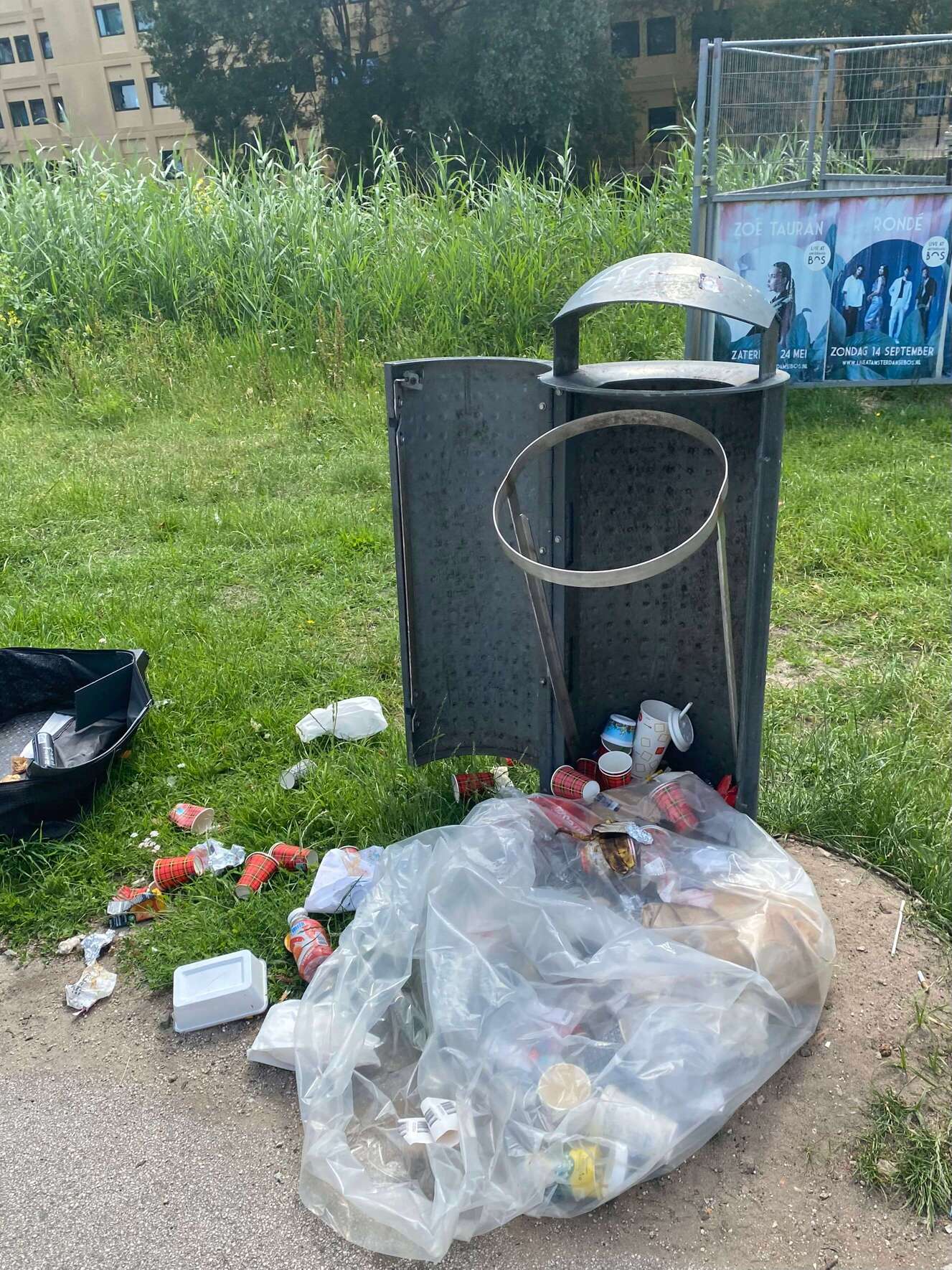
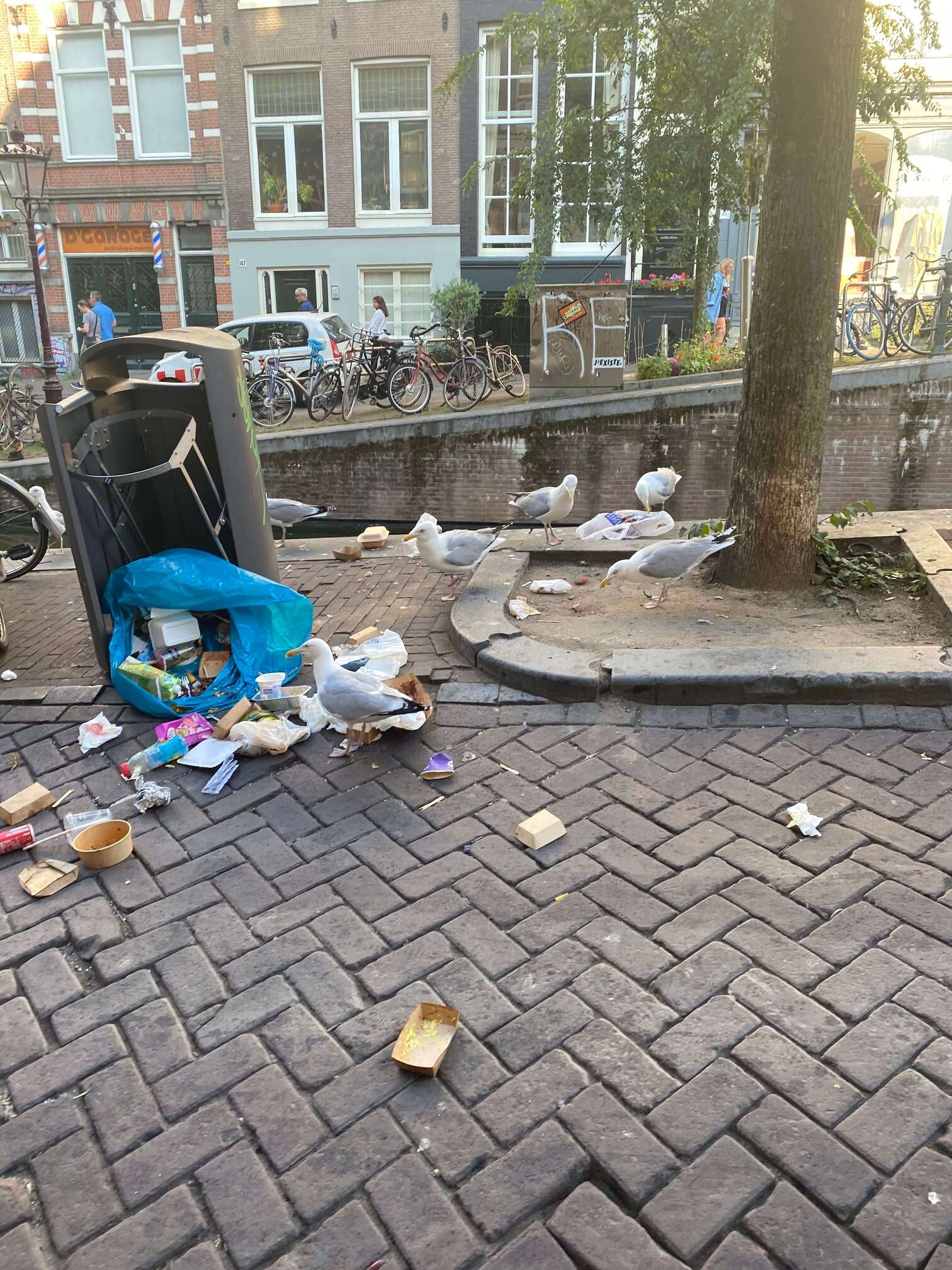
Staircases will give you a Post-Traumatic Stair Disorder
In the 17th century, houses were taxed by width, so people built narrow and tall buildings and made the stairs steep and narrow to save space. Old steps are often only 15 cm deep, much smaller than the modern standard (30 cm), making them uncomfortable and dangerous. New buildings have been required to follow strict safety regulations since 1992.
We had to walk down with our feet sideways, gripping handrails like our lives depends on it.
‘Nothing to hide’ mentality
Reading about it is one thing — seeing it is another.
A Dutch couple casually playing cards inside with curtains wide open while dozens of tourists pass by every second — respect for being so chill.
You can ride e-foil in the center of Amsterdam
Just a guy casually flying above the canal on an electric foil board.
If you go in June, you will be confused by hanging out backpacks
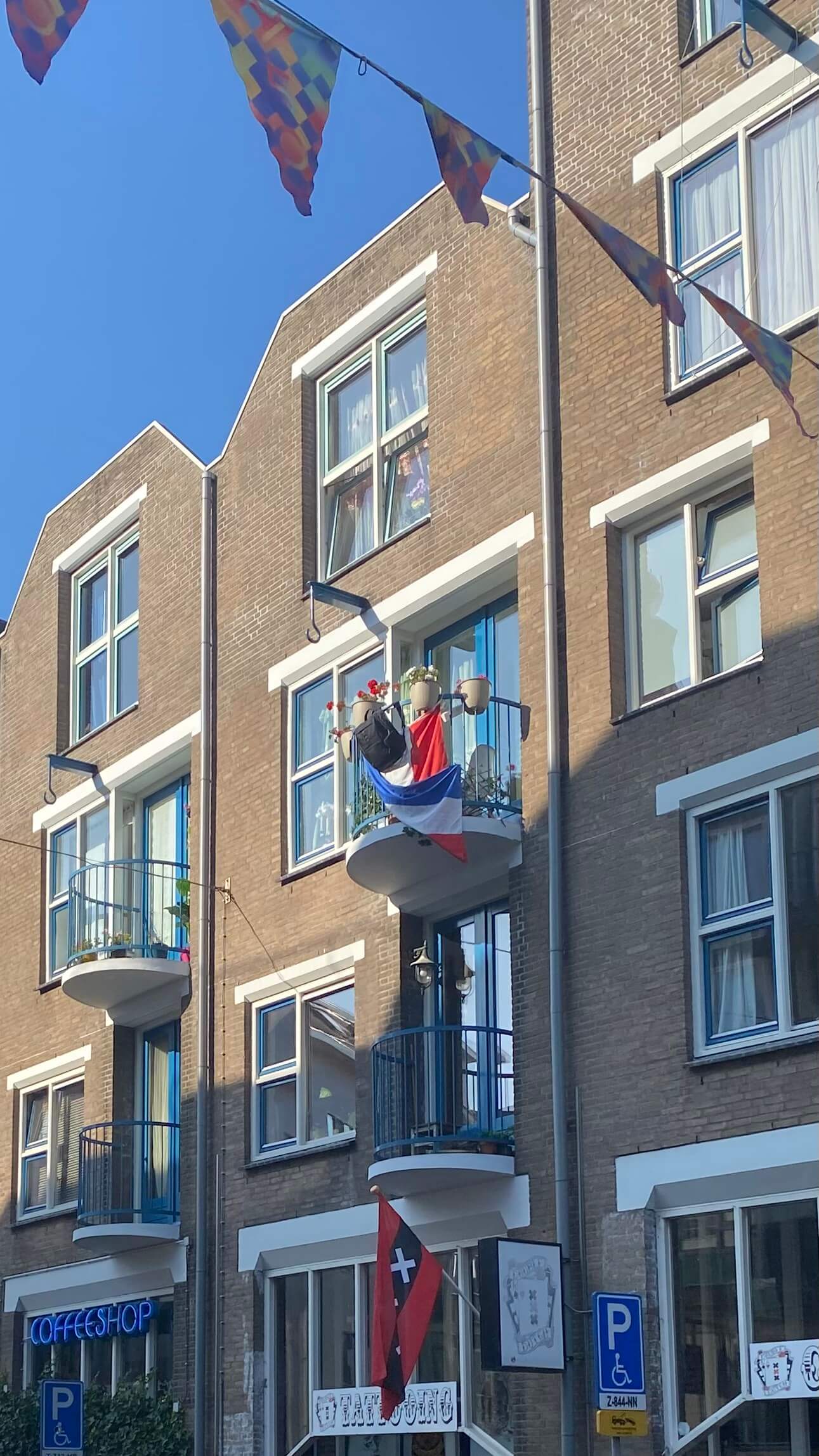
Not only the Netherlands flag
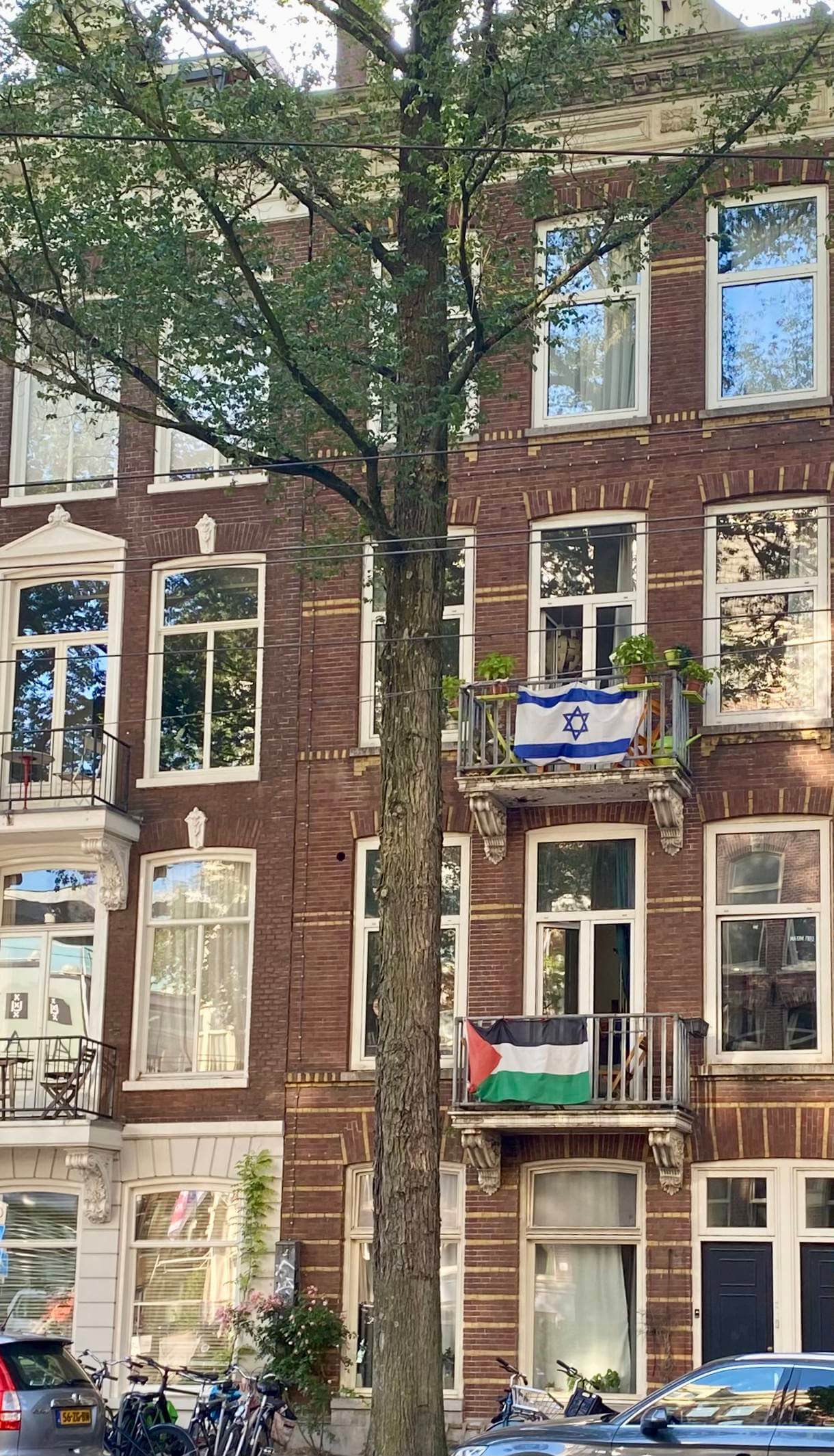
Ducks and dicks. Tourist areas are full of them

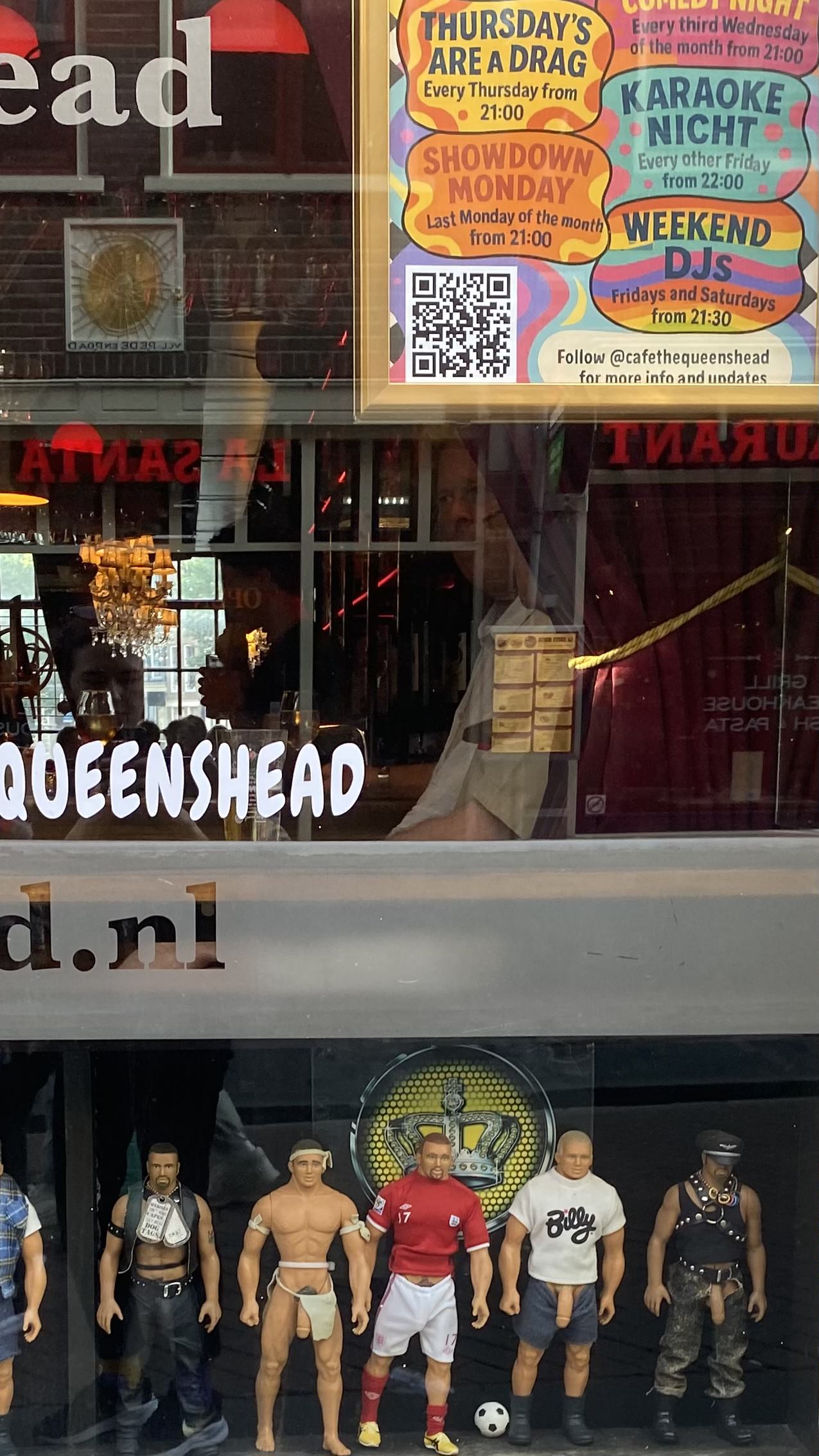
Red-Light District really knows how to keep things compact
Everything is within a 5-minute walk — sex shows, museums, novelty shops, church. That’s the genius of urban camouflage: no one knows your real destination, and that’s exactly how many people like it. If this district were shoved to the outskirts and filled only with brothels, everyone would know exactly why you’re going there.
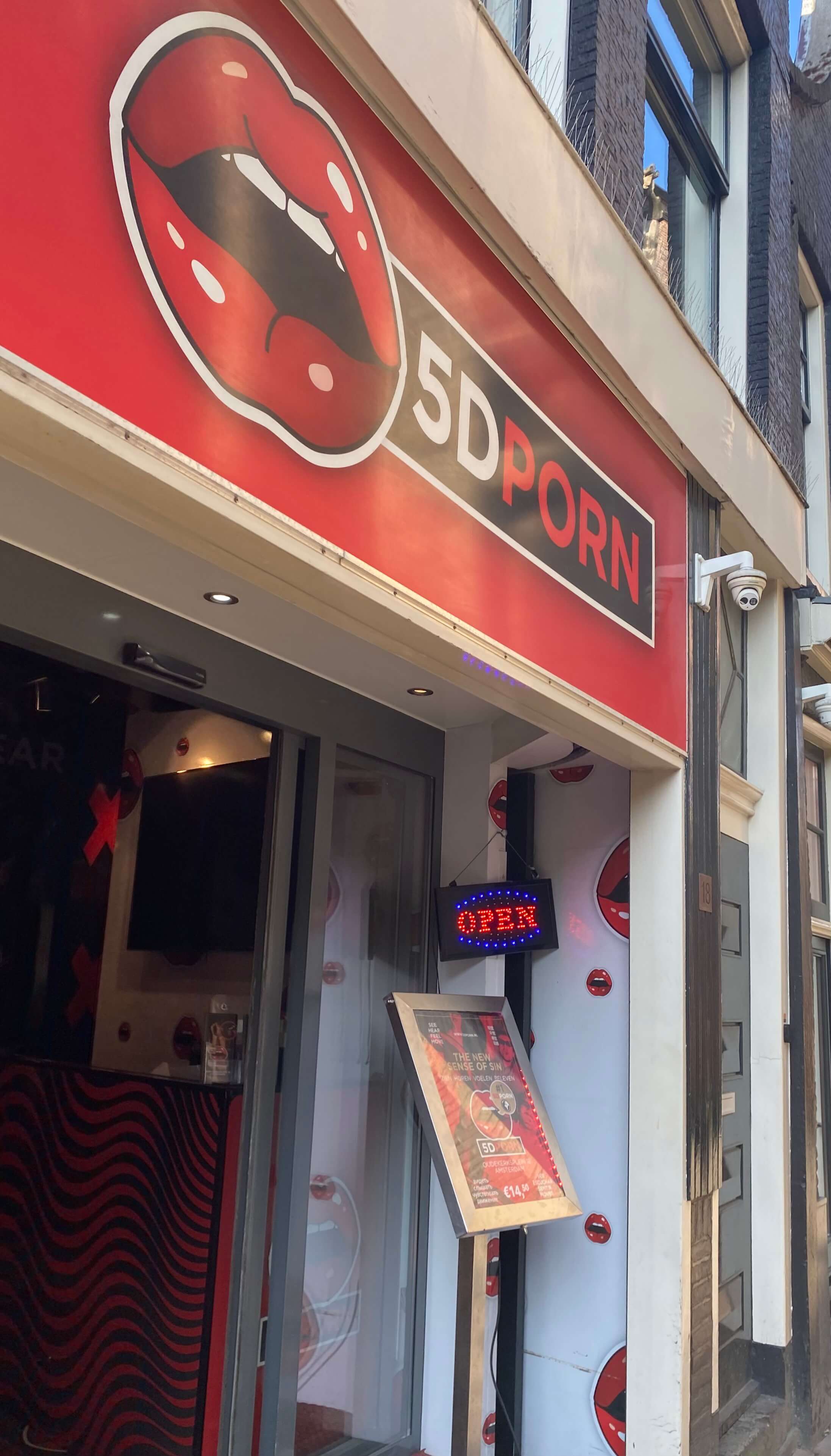
Contrary to popular belief, Amsterdam doesn’t have just one Red-Light District — it has at least three. Each comes with its own atmosphere, clientele, and challenges.
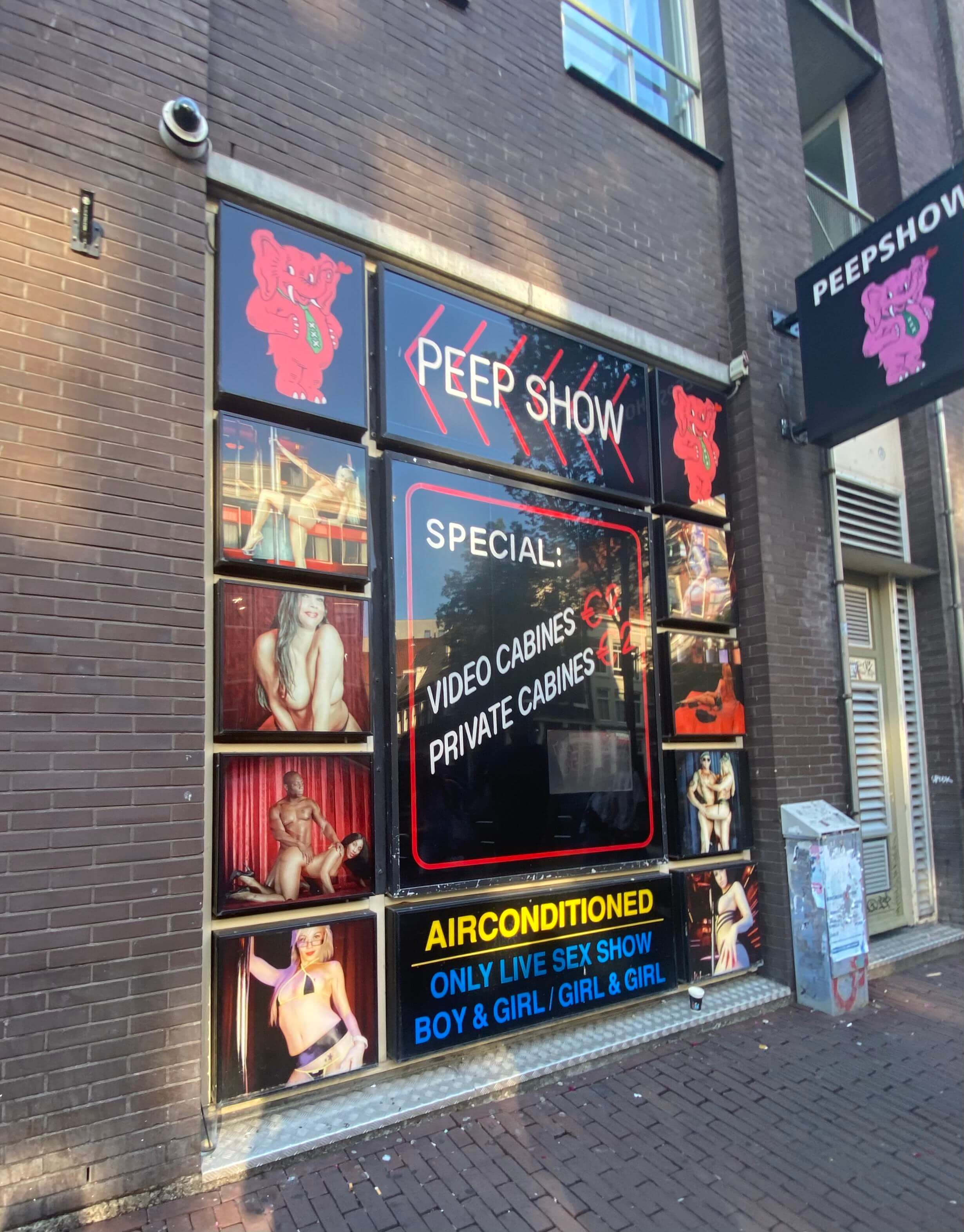
Window prostitution isn’t just a quirky “Amsterdam thing.” It emerged due to the ban on street-based sex work. That’s how/why the model was born: sex workers rent a window, like an office, and attract clients through gestures or a knock on the glass.
Not all sex workers stand behind glass. Other formats exist: massage parlors (offering “extras” under the label of wellness), independent escorting, agencies.
Don’t take photos in areas where sex workers might end up in the frame.
Sex work may be legal in the Netherlands — but the stigma is very much alive.
Many sex workers keep their profession secret from family, friends, neighbors.
Just one photo posted online can destroy their life.
It’s especially sensitive for workers with migrant backgrounds, where conservative values dominate.
The Netherlands isn’t a land of total freedom. It’s a place where sex work is legal but stigmatized, regulated but inconsistent, tolerated but judged.
Weed is not legal, just tolerated
Coffeeshops operate in strange legal limbo: they’re legal to sell weed, but not to buy it, grow it or keep too much of it.
How much weed can a Coffeeshop sell? Tons per day, no limits.
But they can only store 500 grams at a time.
How do they survive? With tiny, repeated deliveries all day long.
And since the police have bigger problems than chasing down coffeeshop supply chains, the whole thing just keeps rolling.

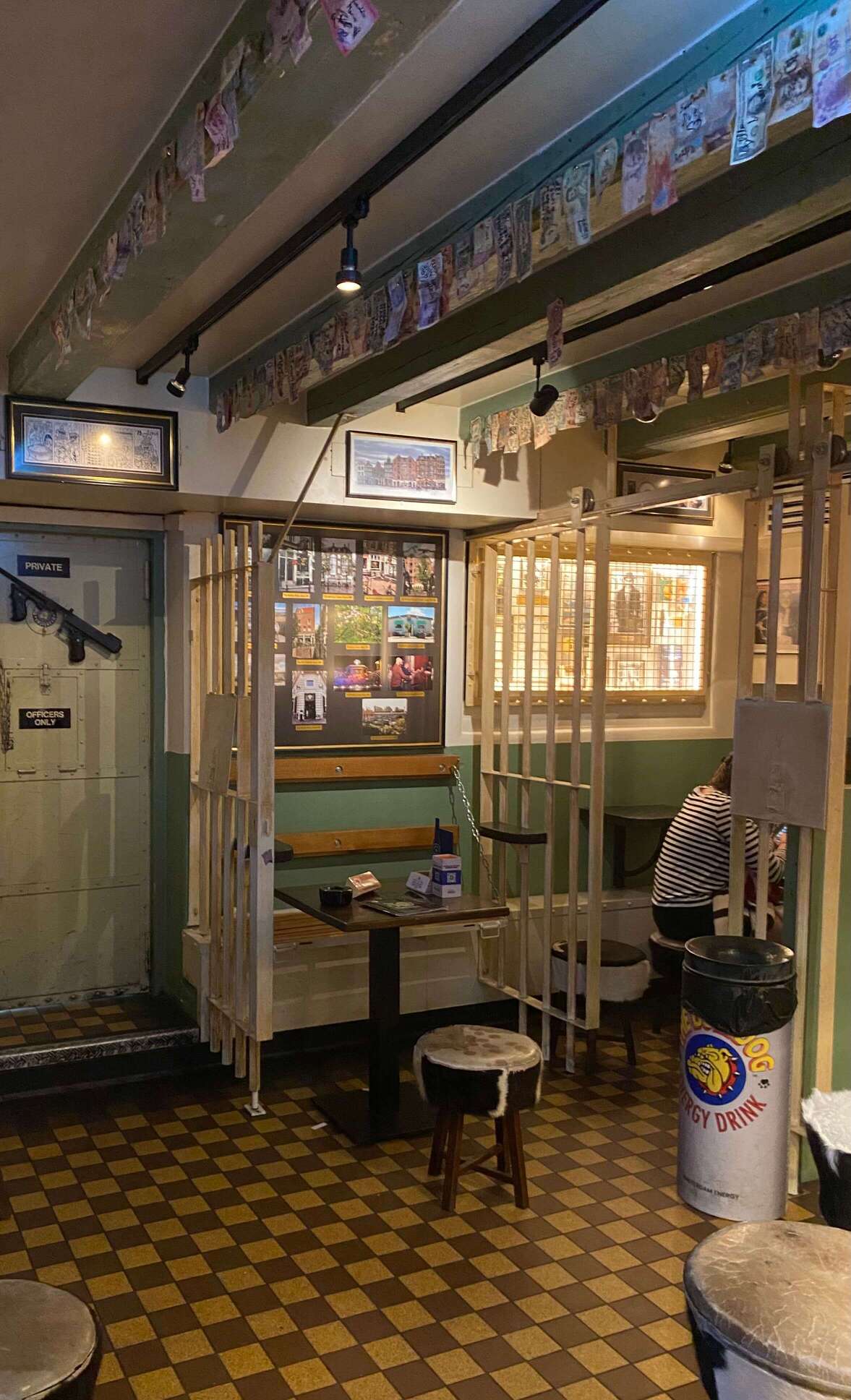
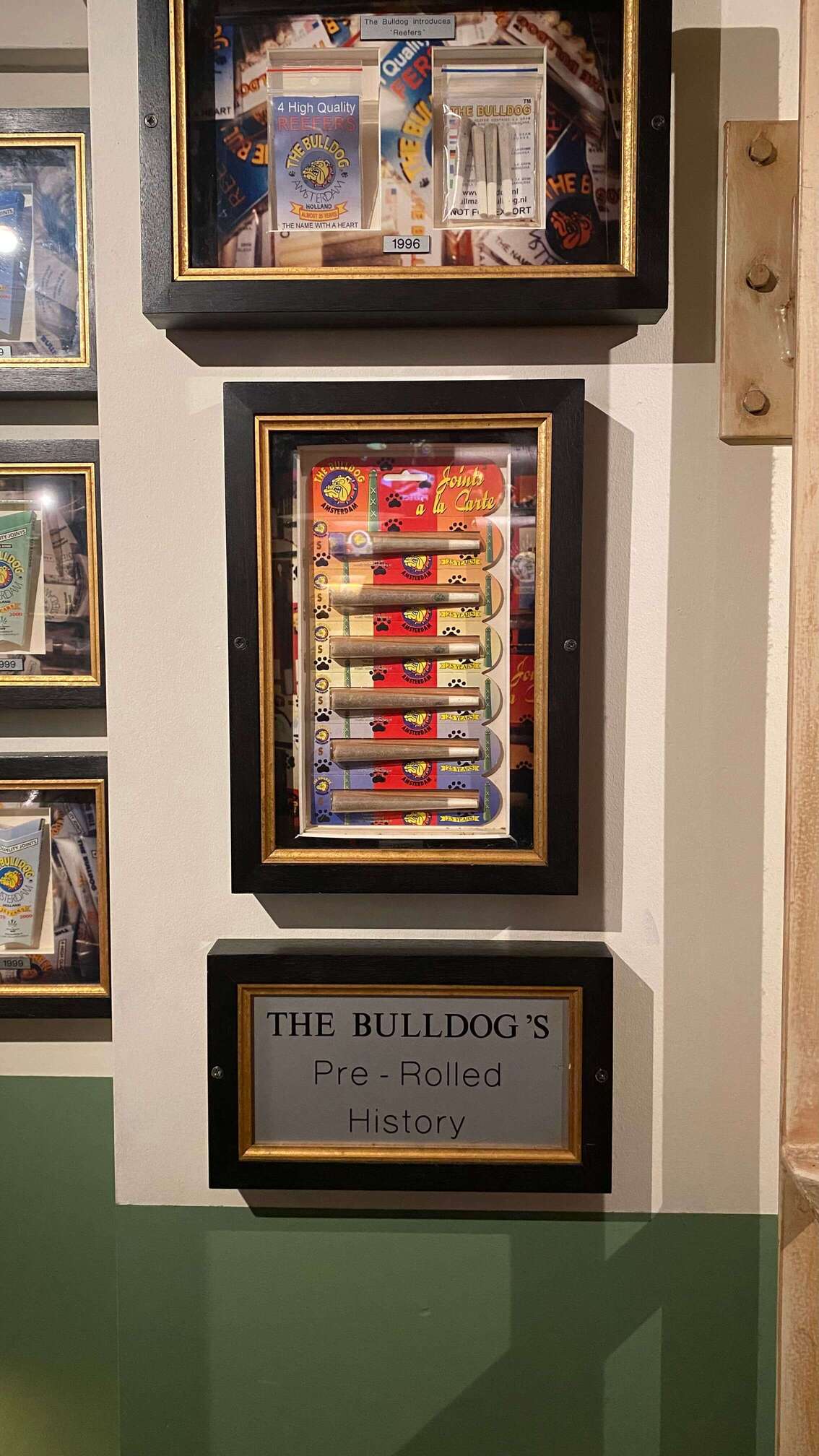
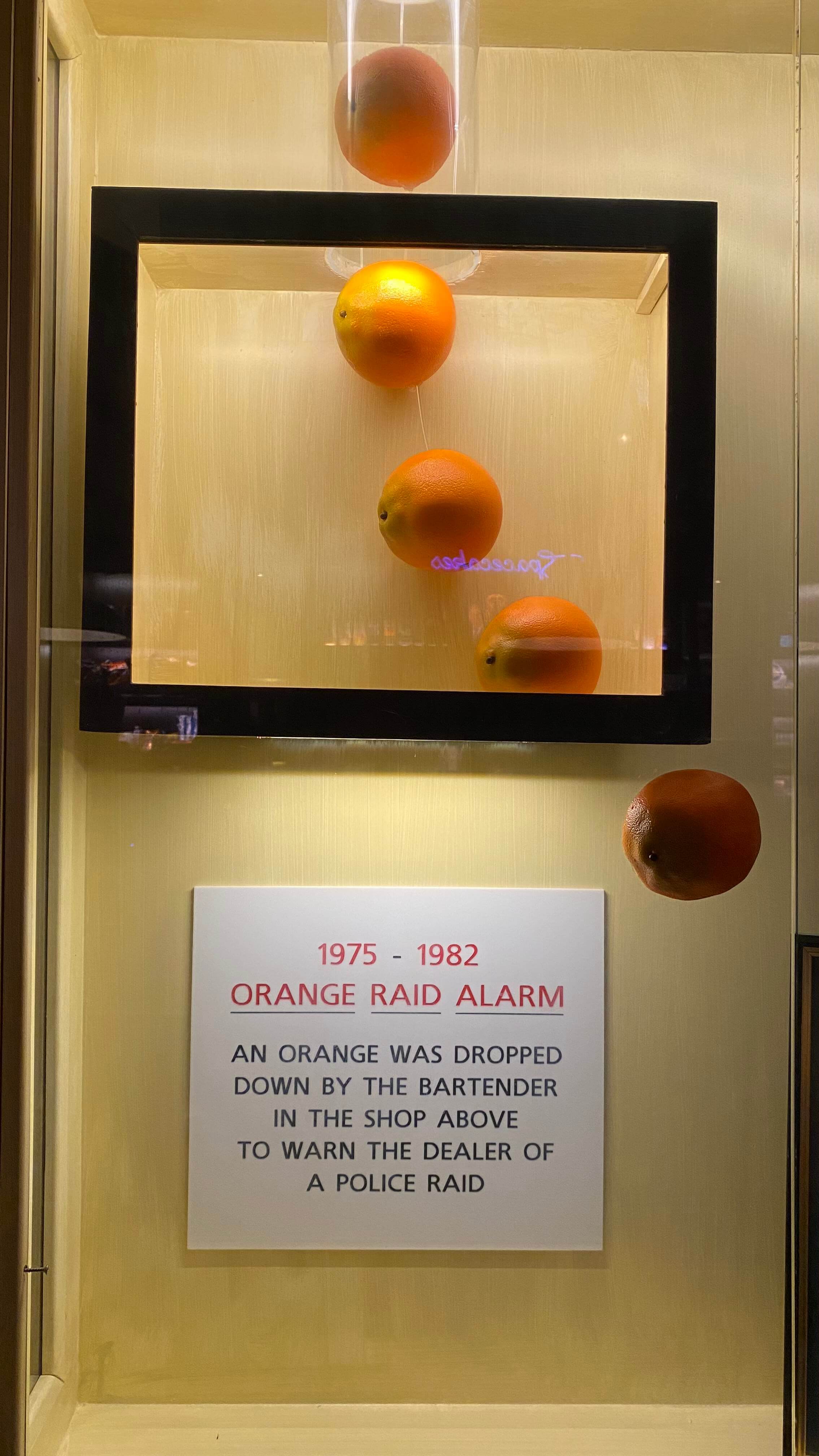
“Ten Dutch cities are now part of a four‑year pilot that allows around 80 coffeeshops to sell cannabis only from licensed, state‑approved growers. The aim? To end the longstanding “legal‑front, illegal‑back” paradox, improve product safety, and gather data for a possible nationwide regulated market.”
2025 © mehwowLinkedin